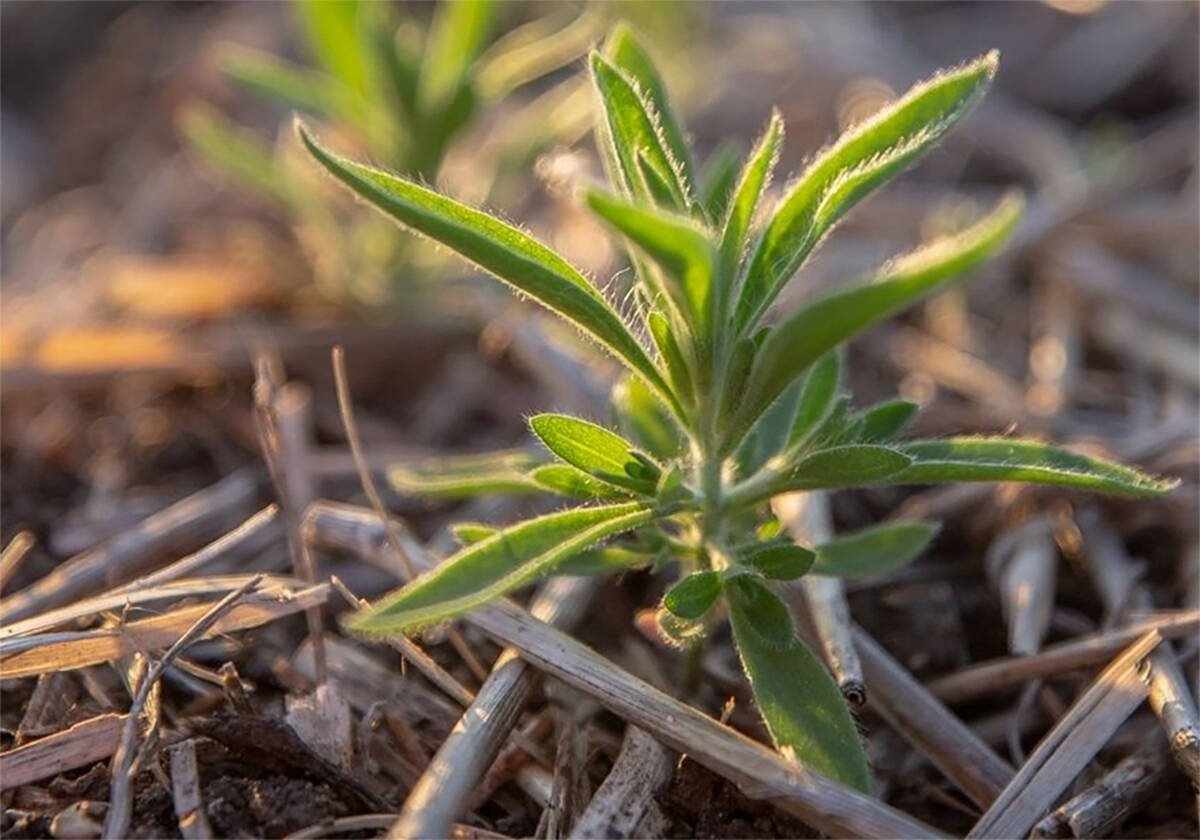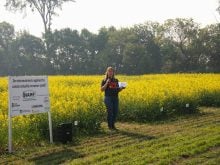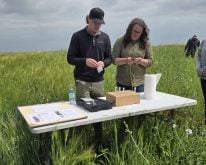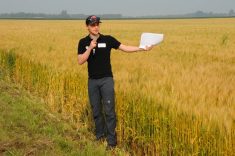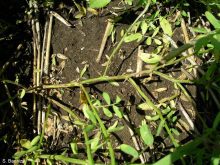SASKATOON — Saskatchewan Pulse Growers is funding five new weed science research projects.
The $3.67 million program will run for six years, including field trials from 2025-29.
It will build on the work of two previous SPG-funded weed research programs that ran from 2011-16 and 2016-22.
Read Also
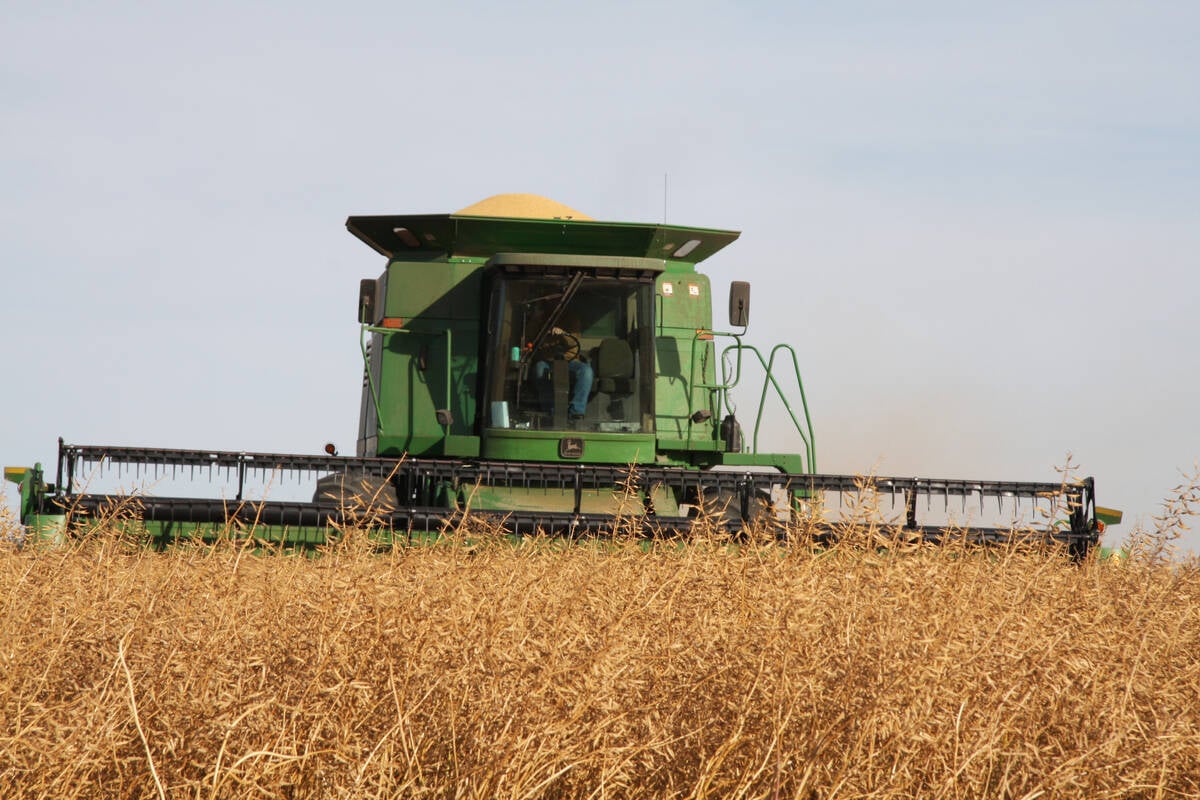
Mustard processor expands in southern Alberta
$30 million expansion for southern Alberta mustard facility adds milling capacity to largest supplier in the world of value-added milled mustard products
“Growers have consistently identified weed control as one of the top issues facing pulse producers,” said SPG agronomy manager Mike Brown.
The bulk of the funding is being spent on developing a kochia management program in pulses.
That $2.47 million project includes figuring out what rate of metribuzin, a Group 5 herbicide, will control the bothersome weed and whether there is any existing resistance to that chemical.
Researchers will also screen new herbicides on the market and ones in the research pipeline for efficacy.
SPG is spending $92,000 on a project to investigate the potential of directed energy for harvest weed seed control on the top 10 target weed species.
“This one is pretty futuristic and high-tech,” said Brown.
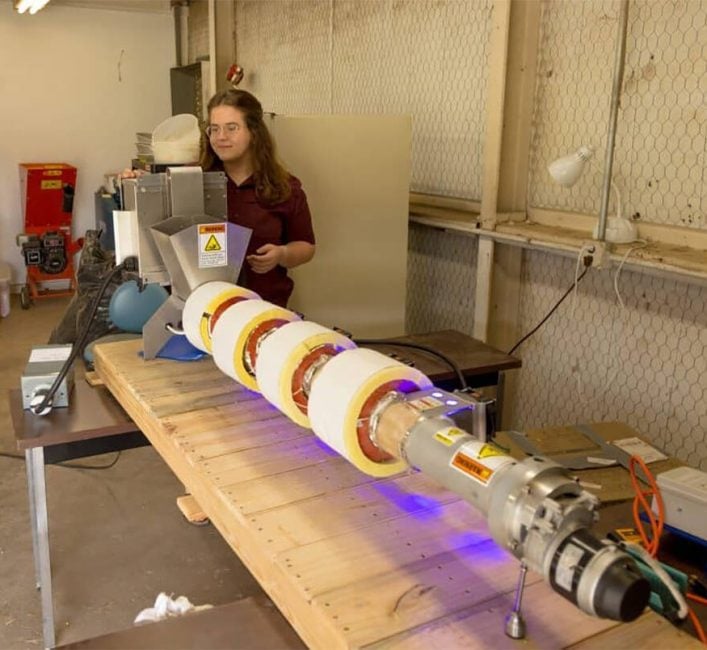
Researchers will take 100 seeds from the top 10 target species and subject them to three blue light exposure times and six temperatures and see how it affects weed seed germination.
Agriculture Canada scientists will be collaborating with researchers from Texas A&M University, who have been working on a combine-mounted blue light device.
“Some of the preliminary work they’ve done in Texas has shown some promising results, so we’ll see if it applies up here,” said Brown.
Another $276,075 is being spent on investigating weeds as alternative hosts to root rot disease in pulses.
Similar research has identified stinkweed, shepherd’s purse and wild mustard as potential hosts for carrying over clubroot.
SPG has devoted $686,000 to a project that will compare pre- and post-emergence weed strategies with and without a glyphosate application.
The goal is to understand what to expect in the case of glyphosate herbicide resistance.
Researchers will also determine what impact various strategies have on the weed seed bank and germination rates.
That project will also explore the efficacy of drone spot spraying.
“The first couple of years it will be just using dyed water to see how accurate it can get and the kind of coverage we can expect,” said Brown.
Researchers will test drone-sprayed herbicides for efficacy on pulses once they are registered by the Pest Management Regulatory Agency.
He noted that one company is looking at registering clopyralid for commercial drone application on field crops, although it is not being registered for use on pulses.
The remaining $146,503 is devoted to a project that will explore how crop diversity can help manage herbicide-resistant kochia in pulses.
It will look at how allelopathic crops such as yellow sweet clover and fall rye can inhibit weed growth in future crops.
Yellow sweet clover will be grown in the first year of a rotation, followed by a winter cereal that receives a residual herbicide treatment and then a lentil crop.
Researchers will use different methods of harvesting the clover, including green manure, mowing and baling.
Brown is intrigued by certain aspects of all five research projects and hopes they result in better weed management techniques for Canada’s pulse growers.




